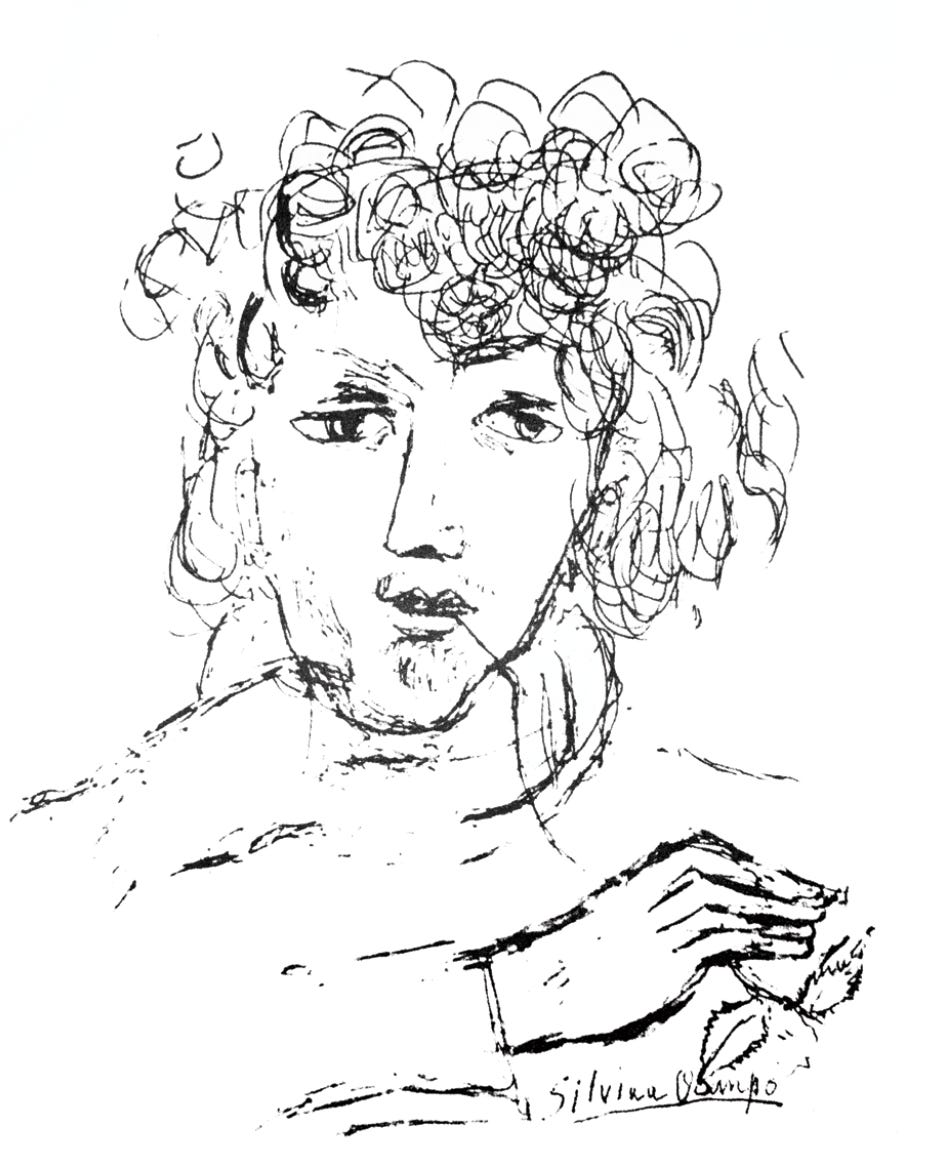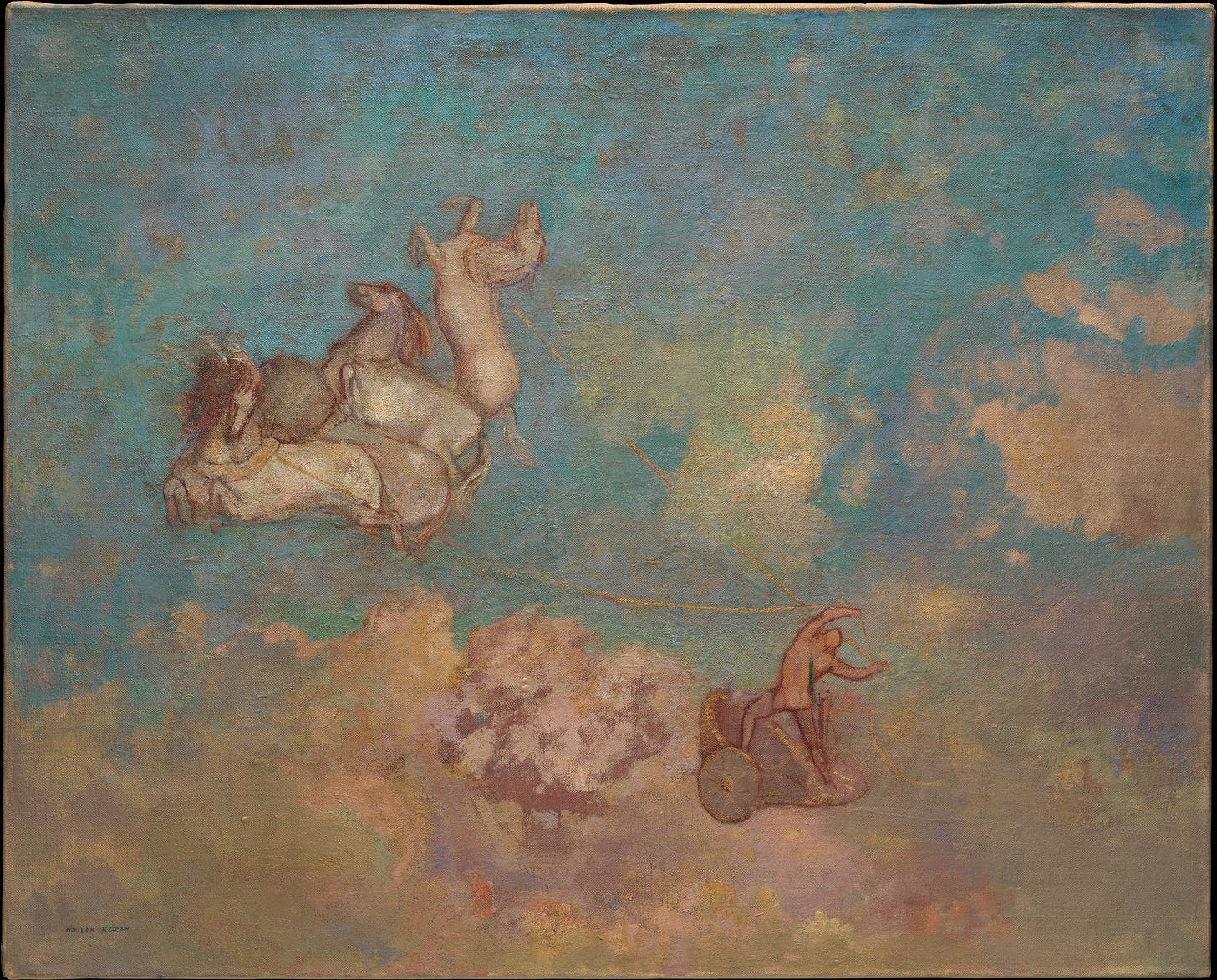When I started trying to write flash fiction, I quickly learned that I was masterful at smashing longer works to fit into any word count requirement. But I also realized that those stories sucked.
The words may have fit, but the ideas didn’t. I didn’t understand flash fiction.
Up until that point, the only “flash fiction” I had read was in small literary magazines. These pieces often made me irrationally mad. They were whimsical and pointless, seemingly vague and confusing for the sake of being vague and confusing. I imagined the corny writers writing them and wanted to dunk their heads in toilets.
I wondered if what were being called flash fiction were nothing more than short stories reflecting a trendy aesthetic in lit mags, that “flash fiction” was just another useless publishing term to categorize work that didn’t need categorization.
Flash fiction finally clicked for me when I started teaching short fiction to middle-schoolers. Since I teach hour-long afterschool classes, I needed works that could be read and discussed during that short time-frame.
Initially, I tackled the greatest hits from middle-school curriculums, like Langston Hughes’ “Thank You, Ma'am or Shirley Jackson’s “Charles.” I was so bored.
Don’t get me wrong, these are classic stories, but I want students to develop their analytical skills by attacking texts that hurt their brains. This teaching technique forces students to take an evidence-based approach to analysis rather than a vibes-based approach, which is often the strategy when stories are easy to read.
Enter Silvina Ocampo.
On the first pass through her works even I never have a clue as to what I just read, yet I still need to explain them to befuddled—and bored from befuddlement—students. So, we focus on the experience of reading.
In class, we make observations, gathering details that stand out and pointing out patterns, then break down our textual encounter by asking questions and failing to find clear—or finding clearly contradictory—answers in the text itself.
For example, in “The Lost Passport,” students question moments where the narration feels weird, so we target those hot spots and assess the evidence.
The second paragraph introduces Claude’s thoughts with punctuation and thought markers.
Looking at the passport, Claude traced the contours of her face with both hands, thinking: “I must not lose this passport. I am Claude Vildrac, and I am fourteen years old. I must not forget who I am. If I lose this passport, then no one will know who I am, including me. I must not lose this passport. If I do lose it, I will have to stay on this boat forever, until the years wear it down and ready it for a shipwreck. Old ships are sure to sink at some point, so I'll be forced to die by drowning, my hair loose and wet, with my photograph in the newspapers as 'the girl who lost her passport.”
Students notice that quotation marks disappear midway through the work when this train of thought ends. At that point, the text zooms out and presents Claude “Sitting on the bed in her cabin…reading her passport like a prayer book.”
This is a striking image, and students wonder what psychological information we can glean from such a bizarre action: what kind of weirdo would read a passport?
Yet, we are thrust into a new journey through Claude’s thoughts, and this time the journey isn’t signaled with thought markers.
How incredibly different the sea was when you were at the beach swimming in it than when you were aboard a ship looking down at it, hard and impenetrable as a marble tabletop streaked with green
Claude’s inner dialogue blends with commentary by a narrator who understands the distinct way Claude sees the world. When Claude recalls her first encounter with Elvia, the narrator makes clear that Claude envisions a reality distinct from that of the adult patrons.
That's how Claude saw streetwalkers or "working girls" in her mind's eye, with unpainted lips and large sacks on their backs like day laborers trudging from ranch to ranch.
In this moment, we are distanced from the world that Claude sees, viewing her from above through a critical lens, before shifting back into her thoughts, most glaringly when the ship begins to sink. And immediately before this moment of crisis, multiple paragraphs establish that Claude is in her cabin, lounging, alone with her thoughts.
She tilted her head against the cool, refreshing softness of her pillow. Pillows were white seashells through which you could hear the sound of the sea at night—you didn't even need to be aboard a ship.
What she liked most about life onboard were the breakfasts in the morning, the circus music, the fear of shipwrecks, and Elvia.
These two paragraphs express internality: the imagery and language is that of a child—pillows as seashells to hear the sea.
The following lines present the climax in third person point-of-view.
But suddenly, from the great depths of the sea, a round fish with scalloped fins and a long bill about two feet long flew through the door. First it began to snap at the peonies in a painting and then the lightbulbs. The room went dark, wrapped in mesh netting from the sea. Anxiety took hold of Claude: anxiety at having missed the spectacle of the shipwreck. How long had the ship already been sinking?
My students question the logistics of a fish flying through the ship door. They ask about how long has the ship been sinking, about who is asking how long the ship has been sinking: is this Claude or the narrator?
The text continues by describing how Claude darts up the stairs in search of a lifeboat and finds everyone already boarded besides Elvia, wandering in the distance. We latch onto the pronoun ambiguity (“her name”) in the final lines of the story:
Elvia, transformed into the sleepwalker on the plate, never arrived. Claude was running after her with a lifejacket in her arms. The ship would sink forever, carrying her name and irreplaceable face to the bottom of the sea.
We debate whose name is carried to the bottom of the sea. Claude is trying to rescue Elvia, so it makes sense that “her name” refers to Elvia. But since this story begins with aa discussion of Claude’s face and, arguably, a foreshadowing of the sinking ship, it seems reasonable to suggest that Claude’s name and face are what sink to the bottom of the sea.
Personally, I like to think that “her” is strategically ambiguous, referring to either of them, so both and neither at the same time. I might be completely wrong.
That this text requires such analysis suggests this isn’t simply a short story. Yes, short stories can be confusing, but this short work relies on omission, brevity, and ambiguous narrative mode to creative an estranging experience.
We experience Claude’s world, the sinking ship an afterthought. Since the plot often becomes clear on the second read, I encourage students to just use their first read as an experience, to go with the flow and not get bogged down by confusion.
The individual sentences makes sense, yet when read in quick succession, their impact is disorienting. The ambiguity of the first read makes this story work.
This text withholds answers yet produces clarity. We experience the innocent and strange perspective of a child, and glimpse how adults see the world, to create a tension between her truth and others’. Our truth as readers is somewhere in between.
This effect couldn’t be achieved with a longer work. Brevity reinforces its power—the snapshot of this character’s reality, their experience, and the moment of impact.
Langston Hughes’ work depicts a would-be-pick-pocket and his intended victim, a real-life interaction between two real people in a recognizable or at least fathomable situation. These two characters exist in a world I know.
Shirley Jackson’s work relies on an unreliable narrator within a reliable narration—the mother recounts the tales told by her insolent child. The events are familiar and the ending provides a reconciliatory clarification.
Don’t get me wrong. These stories are well-crafted and fun to read, but they work differently than Ocampo’s.
The impact of reading Ocampo is like beholding the spots that remain after staring at a light—the afterimage from a flash, the impression or reminder of an experience.
The experience of reading is what matters. Ocampo’s work makes sense precisely because it often doesn’t on purpose, or at least the works don’t make sense in the familiar ways of making sense—readers must accept a new way of making sense.
Flash fiction is not just a short short story. Flash is its own form, which must be in harmony with its content. Writers can’t just cut the word length and call something flash. The work can hint and suggest rather than offer resolution.
A craft opinion piece in the NY Times explains that
Flash communicates via caesuras and crevices. There is no asking more, no premise of comprehensiveness, because flash fiction is a form that privileges excision over agglomeration, adhering more than any other narrative form to Hemingway’s famous iceberg dictum: only show the top 10 percent of your story, and leave the other 90 percent below water to be conjured.
That such work leverages ambiguity doesn’t mean flash fiction is pointlessly vague.
An abstract painting ostensibly leverages ambiguity yet the experience is direct, as Kandinsky describes in “On the Spiritual in Art,” and in fact more clear than that of figurative art since abstract work bypasses an intermediary (figuration), which calls to mind our previous experiences with similar appearances, beginning an endless chain of signification as we relate this familiar image to other familiar images, which recall other familiar images, and so on. Abstraction delivers ideas directly.
An abstract work might be appear unfamiliar, extraordinary, or even confusing, yet a viewer’s experience is clear, the acknowledgement or apprehension of the work’s meaning is immediate, spontaneous, and unconscious.
Consider a classic Impressionist painting. When Monet paints haystack in the snow he paints his experience—his impression—of the haystacks, not the haystacks themselves. He avoids visual verisimilitude to achieve something more real.
Viewers recall their previous experiences with haystacks, whether in artworks or real-life. These recollections provide a foundation of meaning. The painting leverages an iconic process (the image maintains characteristics of what it represents), while the abstraction delivers something else—maybe a new experience, maybe familiar feelings, yet something ineffable: an individual’s experience in a moment in time.
Monet doesn’t hold up a mirror to show how haystacks appear in nature. He explains how they really looked by painting the experience of looking. He transmits the mental imprint of the experience. In this way, Impressionism mimics the experience of reading: on canvas we could see the world through the eyes of a first person narrator.
Impressionism provides a bridge between figuration and abstract art. The viewer encounters something familiar in a gesture towards figuration and, through movement towards abstraction, experiences what the painter experienced.
Latin American writers elevated related ideas decades later in literature that accurately reflected their unique experiences informed by nascent cultural identities.
“The extraordinary is not necessarily lovely or beautiful. It is neither beautiful nor ugly; rather, it is amazing because it is strange. Everything strange, everything amazing, everything that eludes established norms is marvelous.” - Alejo Carpentier
Alejo Carpentier (who coined lo real maravilloso), for example, leveraged the baroque to share new realities. He saw strangeness as a necessary tool to fully express Latin American identity, which was defined by a history of the extraordinary.
When modern, Western abstract painting—this specification is necessary because non-figurative art has existed for thousands of years in painting, textiles, etc.—moved from the recognizable and into the unfamiliar, viewers experienced the strange and had to accept their reactions as a valid response to art.
Like abstract painting, flash fiction immerses the audience into a new, strange encounter. Each Silvina Ocampo story is a new experience, a new reality.
The experience of reading can be what the story means—the referent is the experience itself. Sure, novels and short stories do this too, but due to the temporal nature of the act of reading, I’m unsure that longer forms can be as effective as flash fiction in delivering meaning through mere experience.
When we spend more in a piece, we likely ponder other aspects of writing, like themes, plot, character development. Though, this approach may be culturally determined. If we have immersed ourselves in plotless writing, where the experience of reading was paramount, we might be better equipped to approach the experience that flash fiction readily engenders.
Considering flash fiction in terms of visual art has helped me conceptualize its form.
Flash fiction can be precisely-executed rapidly like a work by Judith Reigl, a work that captures a gesture for posterity, an indexical representation of a real-life event.
Flash can be minimalist achieved through rigor, like a Yves Klein, which eschews the act of creation and obscures the art-making process, much like figurative painting that preceded the Impressionists, who laid bare that this art object was pigment on canvas and forced the viewer to be aware of artifice.
Maybe flash fiction could be a well-executed tag or a superb sixteen bars. Rappers like Redman and Raekwon created the flash fiction of my teen years: stories that were experiences, impressions, brief sonic journeys.
Like a painting or a poem, flash fiction delivers its meaning almost at once. Flash flexes its brevity. Within its temporal constraints, flash can be as immersive as a painting or a novel .
I wonder if in this social media age it is the preferred form—like a well-crafted Instagram Story or Youtube short, rather than a short film,
 Tiktok failed to load.
Tiktok failed to load.Enable 3rd party cookies or use another browser
There is no plot. There is no resolution. There is an absurd encounter, an experience like nothing else. A good TikTok can’t be an 22 minute episode or a movie—the content doesn’t fit that form. Flash fiction maximizes its screen time like a good I Think You Should Leave or Tim & Eric sketch.
In class, I use the famous Hemingway iceberg theory to spark discussions about what informs flash fiction, even if this theory was about writing in general.
Hemingway believed a writer could convey an object or concept while writing about something entirely different, that omission makes clear that of crucial importance is what occurs outside of the piece, the mechanics that drive a work. But when so much is omitted that the piece becomes an experience, the experience of this encounter becomes the meaning of the piece.
In the end, maybe flash fiction is a sub-category of short story. Every flash fiction is a short story, but not every short short story is flash fiction.
In the end, I don’t really know what flash fiction is either, but like porno, I know it when I see it.











